U.S. Congress Holds Hearing on Increased Traffic Deaths

A U.S. House of Representatives subcommittee conducted a hearing to discuss surging traffic deaths on Wednesday. In 2021, traffic deaths surged by over 10 percent over the previous year for a grand total of 42,915 roadway fatalities. But 2020 also represented a sizable 7 percent increase over 2019, despite there being overwhelming evidence that substantially less driving was done during nationwide COVID lockdowns.
Congresswoman Eleanor Holmes Norton (D-D.C.), the Transportation and Infrastructure subcommittee chair holding the hearing, stated that now was the time to hold a meeting on the issue — as last year represented the single highest increase in traffic deaths since the NHTSA started keeping track in 1975.
Our own investigation into the matter places 2021 as the highest per capita increase in vehicular fatalities since 1946. This is particularly vexing as there’s overwhelming evidence that people are driving less today than they were in years past, when the general trends showed most years getting safer after 1980, and that modern cars are substantially safer than their forebears. Your author has a theory tying particularly severe periods of economic duress to increased death tolls that was shared in May. But correlation doesn’t necessary mean causation and there are likely other factors at play. Noticing that an uptick in fatal car accidents often seems to coincide with national strife also doesn’t provide a solid explanation as to why.
Presumably, that’s what the Congressional hearing is seeking to understand as automotive-related deaths are now at the highest recorded total since 2005. But House members will also be attempting to incorporate the issue into massive infrastructure bill from 2021 that carved out $5 billion for local governments to “improve roadway safety.” However the majority of those solutions seem to revolve around slowing down traffic, implementing more automated enforcement, and handing over more lanes to bicycles. The emphasis thus far has been to enhance safety in urban environments by prioritizing pedestrians, though there is some sound reasoning behind this.
According to Reuters, the subcommittee scheduled time for witnesses from the National League of Cities, the American Association of State Highway Transportation Officials (AASHTO), the Washington Area Bicycle Association, and the American Traffic Safety Services Association.
From Reuters:
People outside cars are especially vulnerable.
The number of pedestrians killed in 2021 jumped 13 [percent] to 7,342, the highest number since 1981, while the number of people on bicycles killed rose 5 [percent] to 985, the highest number since at least 1975, NHTSA said.
Advocates for Highway and Auto Safety urged Congress here to work “to prevent traffic fatalities by minimizing roadway conflicts and reducing crash forces when they do occur results” by “reducing speeds, road safety infrastructure improvements and better post-crash management.”
It also wants the NHTSA to set new rules requiring “minimum performance standards for advanced driver assistance systems and requirements for adaptive beam headlights, improved hood and bumper standards.”
In January, the Transportation Department released a strategy designed to cut traffic deaths. “We face a crisis on our roadways,” Transportation Secretary Pete Buttigieg said.
To be fair, pedestrian and bicycle-related deaths seem to be more-or-less on par with the general trend. However, they started to assume a larger share of the whole during the mid-2000s. While they still represented far fewer deaths overall, foot-and-bicycle traffic went from representing 11 of all roadway fatalities in 2007 to over 17 percent by 2021. By contrast, occupant-related deaths didn’t really pitch upward until 2015 with the next big jump taking place in 2020.
U.S. traffic deaths are up by 18 percent vs the pre-pandemic metrics from 2019. The NHTSA and DOT have attributed this to drivers engaging in more unsafe behaviors in years past (e.g. speeding), often citing that roads were subject to less traffic. It’s hard to see how fewer interactions between cars would result in more accidents overall. Though it may shed some light on increased pedestrian fatalities, just not the ones that occurred a full decade before COVID restrictions cleared the streets.
We’ve speculated for ages that advanced driving aids aren’t all that helpful in terms of fortifying safety and may even be counter productive, so it would be nice for Congress to take this opportunity to rigorously explore some of the potential causes of an issue as important as increased traffic deaths. But the Transportation and Infrastructure subcommittee has spent most of 2022 focusing on ways to advance automated vehicles, how transportation impacts climate change, and how best to spend the infrastructure budget.
Having watched the hearing, there weren’t many surprises. Some speakers suggested intentionally lowering speed limits or adding more traffic cameras or speed bumps. Most witnesses recommended additional government funding for roadway projects and enhanced collaboration between federal, state, and local government. Several also pressed for modern vehicles to have connectivity features that would allow local enforcement to digitally cap speeds using geofencing.
Rep. Troy Nehls (R-TX) expressed fears that national declines in law enforcement may make any initiatives troublesome, as there would be fewer traffic cops to lay down the law. He was joined by several other Republicans, including Rep. Beth Van Duyne (R-TX) that cited exceptionally high increases in pedestrian fatalities in her state — 20 percent of which went unprosecuted.
Rep. Jake Auchincloss (D-MA) suggested reimagining roads as “pedestrian dominant” spaces that “accommodate automobiles” and was met with support from the National League of Cities’ Elaine Clegg, who backed supplanting existing infrastructure with pedestrian-focused alternatives that eliminated public parking. Meanwhile, Rep. Kaiali’i Kahele (D-HI) suggested spending more on infrastructure in underserved ethnic and rural communities that he said yielded some of the highest per capita pedestrian fatality rates.
The brunt of the day was wasted on platitudes and predictable political posturing. “Speed kills” became a popular catchphrase among some older witnesses and congressional members and one that foreshadowed the U.S. lowering the national speed limit to 55 mph in 1974 — even if the official reason was the fuel crisis.
Any real discussions between attendees dealt with budgetary constraints and/or obtaining a better understanding of the broader issues. Representative Brian Babin (R-TX) expressed concerns that simply more money at the problem before understanding the finer details may be a recipe for failure, adding that billions had already been allocated for the cause as part of the Biden administration’s $1-trillion infrastructure bill. He was also backed by Rep. Van Duyne who called roadway initiatives a “slush fund for non-safety projects.” However, government contractors being tasked with improving roadway safety responded by suggesting that inflation has simply made their material costs higher than originally anticipated.
The hearing is available in its entirety below.
[Image: Architect of the Capitol]

A staunch consumer advocate tracking industry trends and regulation. Before joining TTAC, Matt spent a decade working for marketing and research firms based in NYC. Clients included several of the world’s largest automakers, global tire brands, and aftermarket part suppliers. Dissatisfied with the corporate world and resentful of having to wear suits everyday, he pivoted to writing about cars. Since then, that man has become an ardent supporter of the right-to-repair movement, been interviewed on the auto industry by national radio broadcasts, driven more rental cars than anyone ever should, participated in amateur rallying events, and received the requisite minimum training as sanctioned by the SCCA. Handy with a wrench, Matt grew up surrounded by Detroit auto workers and managed to get a pizza delivery job before he was legally eligible. He later found himself driving box trucks through Manhattan, guaranteeing future sympathy for actual truckers. He continues to conduct research pertaining to the automotive sector as an independent contractor and has since moved back to his native Michigan, closer to where the cars are born. A contrarian, Matt claims to prefer understeer — stating that front and all-wheel drive vehicles cater best to his driving style.
More by Matt Posky
Latest Car Reviews
Read moreLatest Product Reviews
Read moreRecent Comments
- ToolGuy If these guys opened a hotel outside Cincinnati I would go there to sleep, and to dream.
- ToolGuy Michelin's price increases mean that my relationship with them as a customer is not sustainable. 🙁
- Kwik_Shift_Pro4X I wonder if Fiat would pull off old world Italian charm full of well intentioned stereotypes.
- Chelsea I actually used to work for this guy
- SaulTigh Saw my first Cybertruck last weekend. Looked like a kit car...not an even panel to be seen.



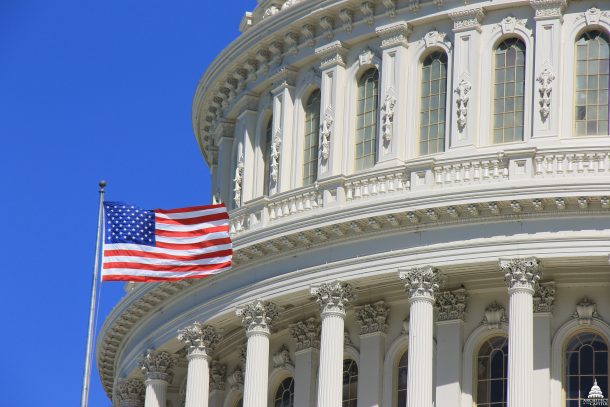















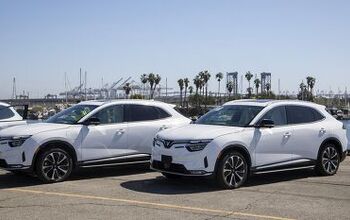

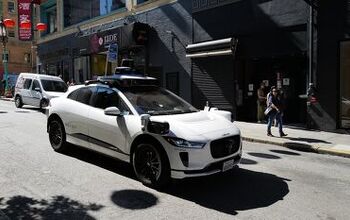
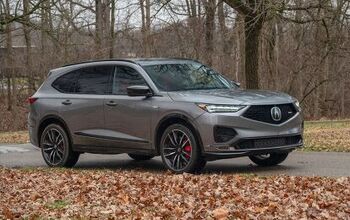
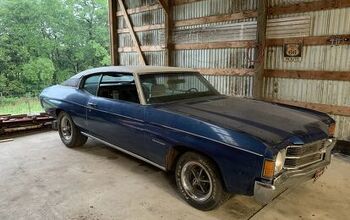

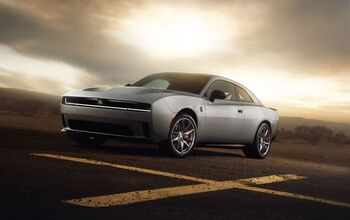


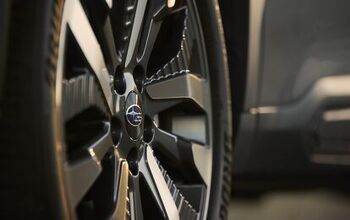
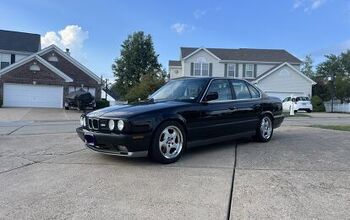

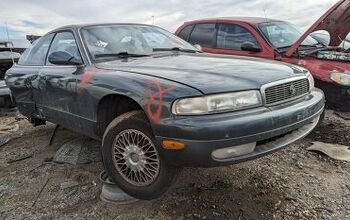
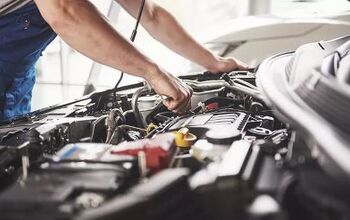

Comments
Join the conversation
Next time you're at a red light, look at the drivers crossing the intersection ahead of you and see how many of them are looking down at their phones.
Living in the NYC Vision Zero paradise, (camera hell), the one thing you cannot ever say.... Cross at the Green, not In-Between ! It is politically incorrect to even suggest the pedestrian shouldn't walk out mid block looking at the phone.